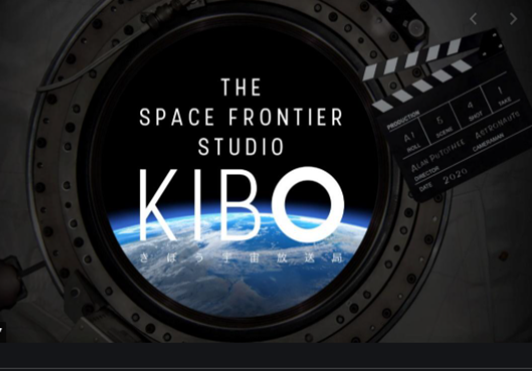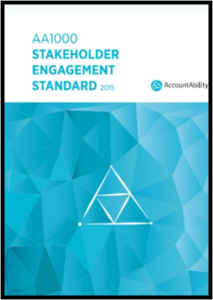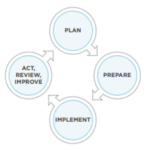15 Jan Why Stakeholder Relationships are Important to the NewSpace Industry
Why Stakeholder Relationships are Important to the NewSpace Industry
Not only public relations, not only strategic communication, not only marketing; Stakeholder Relationship Management defines and shapes NewSpace communications . Satisfied and engaged stakeholders, holistically supported, result in more influence, more partnerships and more revenue for your organization. Similar to other major industry groups like transportation, manufacturing, and entertainment, the NewSpace business ecosystem will live and thrive, or die, based on the strength of its stakeholder relationships. Because they’re not only trying to achieve amazing things, but also tell their stories in an engaging way to the public in order to get them excited for the future of space exploration, NewSpace branding and messaging must resonate and inspire equally among academic, government, industry and the general population.
What is a Stakeholder?
In his influential book “Strategic Management: A Stakeholder Approach” (1984), Edward Freeman defines a stakeholder as: ‘any group or individual who can affect or is affected by the achievement of the organization’s objectives’ (1984: 46). Stakeholders are crucial to the success of your organization. Neglect them and they will actively work against you. Effectively and efficiently manage them and they will actively promote you and your NewSpace projects and activities.
Source: Stakeholder | Definition – What is a stakeholder? https://www.stakeholdermap.com/stakeholder-definition.html
Importance of Stakeholder Relations
Stakeholder relations is the practice of creating mutually beneficial connections with third-party groups and individuals that have a “stake” in the common interest of your organization. These relationships build networks that develop credible, united voices about issues, products, and/or services that are important to your organization.
Benefits to NewSpace
Benefits to Space Industry organizations adopting a stakeholder relationship approach to organizational communications include:
- A consolidated approach to marketing and organizational communications
- Cost savings in the execution of communications activities
- Advance notice of emerging issues and crises
- Balanced management of multiple stakeholder interests
- Closer stakeholder relationships
- New sources of innovation
- Improved Project Management
- Early warning of emerging problems and issues

Typical NewSpace Stakeholders
- NewSpace Customers
- NewSpace Investors
- Supplier Groups
- Business Associations
- Industry Associations
- Regulatory Groups
- Local, State and Federal Governments
- Academia
- Labor Groups
- Environmental Groups
- Consumer Groups
- Advocacy Groups
- Community Groups
Getting Started
1. Assess your current stakeholder management program using the AA1000SES Stakeholder Engagement Standard . The AA 1000SES is designed to “support organizations in their efforts to assess, design, and implement an integrated approach to stakeholder engagement, and to communicate fairly and accurately with stakeholders and the public about those efforts”.4 A discussion of this process can be found by Clicking Here
2. Create a sustainable stakeholder engagement plan. Map issues and stakeholders for clearer insights and easier project approval. Stakeholder mapping is a process of finding out the key stakeholders relating to a project. The process involves identifying all individuals who have an interest in the project outcome. A project stakeholder can be one individual or multiple individuals as in the case of large public infrastructure projects




3. Support your stakeholder engagement plan with a digital engagement system and process
- A Stronger employee brand, more productive employees, and lower attrition
- More targeted media engagements
- More integrated alignment with the product, marketing, sales, and customer service strategies of the enterprise
- The ability to effectively and efficiently influence, at scale, stakeholder advocacy on behalf of the enterprise
- Greater competitive advantage for the overall reputation and brand of the enterprise
- Improved Project Management processes
- Ensures that the corporate culture is activated among all stakeholders


4. Measure your progress and adjust your process. Measurement steps include:
Choose 3 to 4 metrics, tied directly to your business objectives and approved by leadership.
Measure process performance. Process performance metrics could include:
- Increased stakeholder contact
- More efficient and effective stakeholder contacts
- Measure results. Results metrics might include:




Sorry, the comment form is closed at this time.